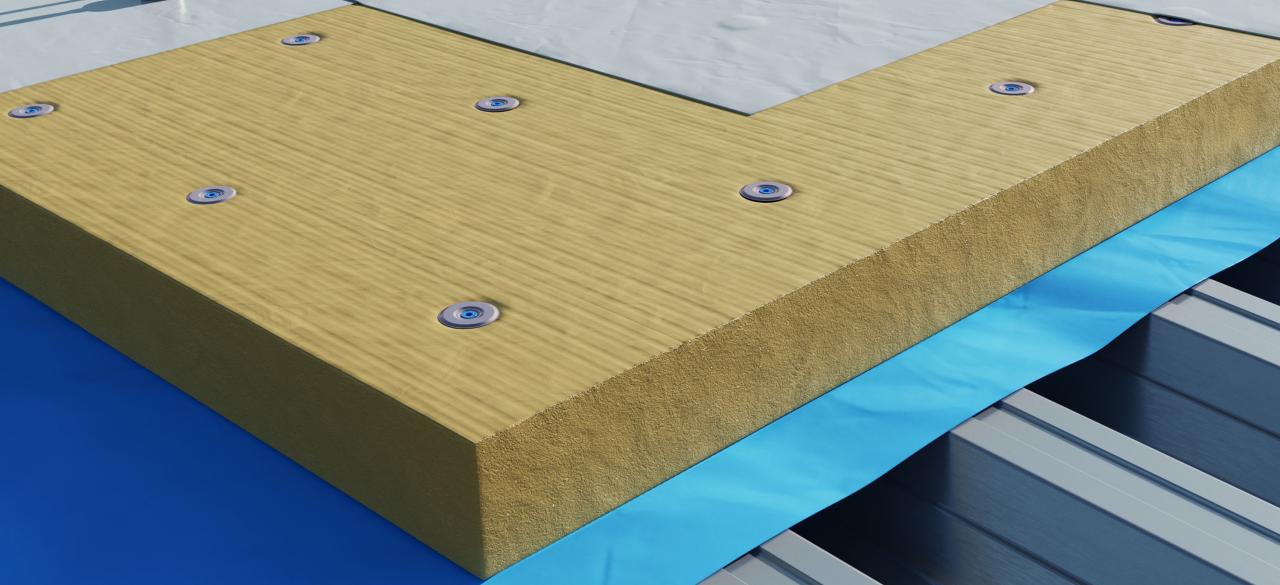The importance of correct wind load calculations


With more than 2000 wind load calculations that we make annually for our customers, Guardian has the expertise to advise you in the choice of the right fastener and the correct number of fasteners. Together with our partner Constructech from Sweden, Guardian has developed the Roof Calculator. With this program we can carry out a correct wind load calculation for all European countries, in accordance with the Eurocode. The national annexes of every country are taking into account. In addition to this, we also make calculations in accordance with the American FM method.
To determine the (system)calculation value for a mechanically fixed roof system, it is important to examine the strength of the various components. The weakest link is decisive for the (system)calculation value. The characteristic value of the fastener is obtained from the Guardian ETA-08/0285 or by a pull-out test. The characteristic value of the roof membrane and the tube or pressure distribution plate is obtained by wind box tests, according to EN-16002.
It is important to compare the following values (see drawing above):
1. Pull-out strength of fastener from the subsurface, test ETAG 006 Annex D;
2. Pull-through strength of plate / tube and roof membrane, wind box test EN: 16002;
3. Pull-over strength fastener and plate / grommet, test ETAG 006 Annex D.
Pay attention!
Common mistakes in wind load calculations that we encounter in the market are:
- a too low (internal) internal pressure coefficient (Cpi) is used;
- the external pressure or suction factor (Cpe) is miscalculated;
- wind speeds are entered incorrectly;
- Height of the roof edge or building height is entered incorrectly;
- Thicknesses and distances from profiles of the underconstruction are assumed incorrectly.
Reasons for this are failure to observe the national annexes of the country in question, no thorough investigation into the building / drawings and lack of awareness. If a wind load calculation is not carried out correctly, the relevant customer will be incorrectly informed about the type and number of fasteners that must be used during assembly. Wind load calculations that are not made well, are often cheaper because it seems that fewer fasteners are needed. The building / roof does not comply with the applicable building regulations!
Everyone knows what can happen if the roofing membrane and / or insulation is not properly fixed and it is storming heavily. In most cases, the damage and costs that come with this can not be overseen. No company wants to be responsible for this, especially if you know that fasteners are only 2% of the total roof costs.
Therefore always make the decision to go for a wind load calculation performed by Guardian. Our skilled employees know exactly what they need to do and clearly indicate what they need from you to draw up a correct wind load calculation. We are also willing to check the calculation of a third party and give you independent advice on this.
At Guardian you always get a correct calculation that shows exactly what you need. Nothing more, nothing less!

